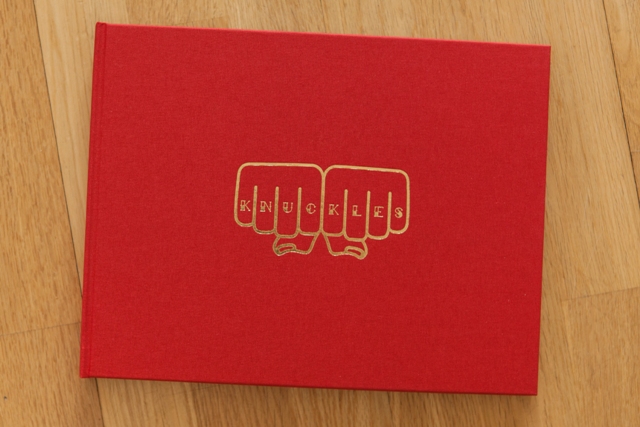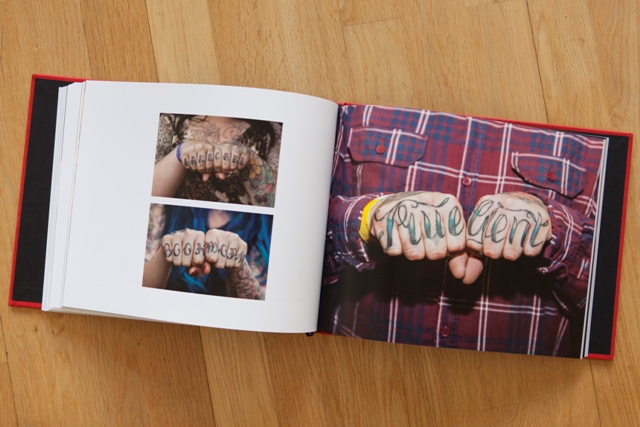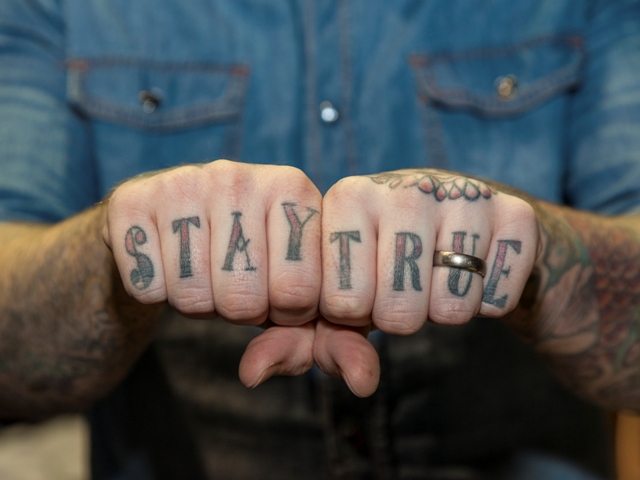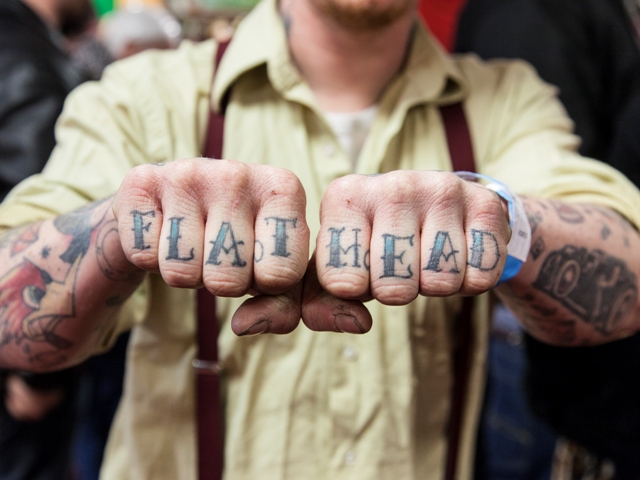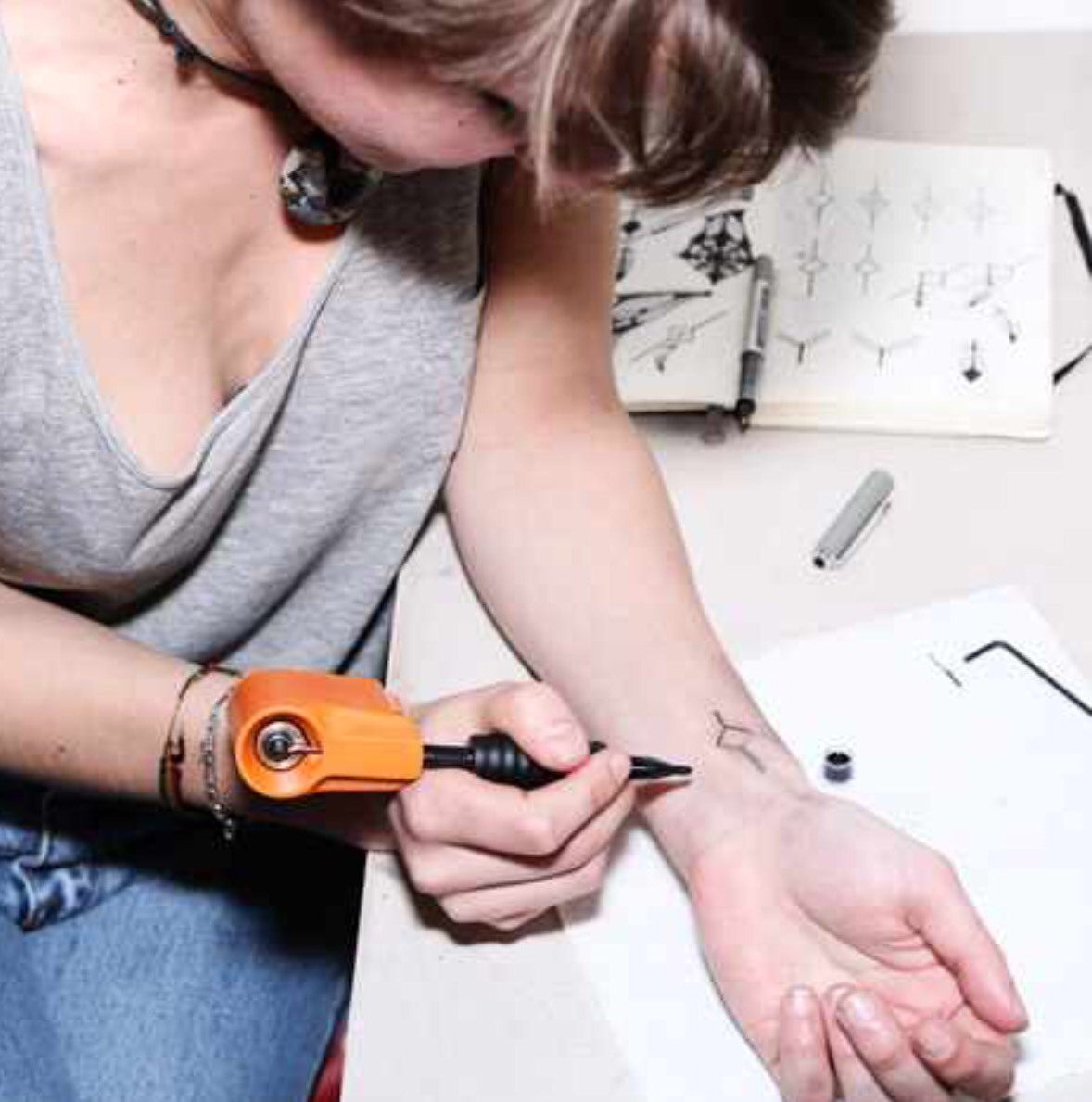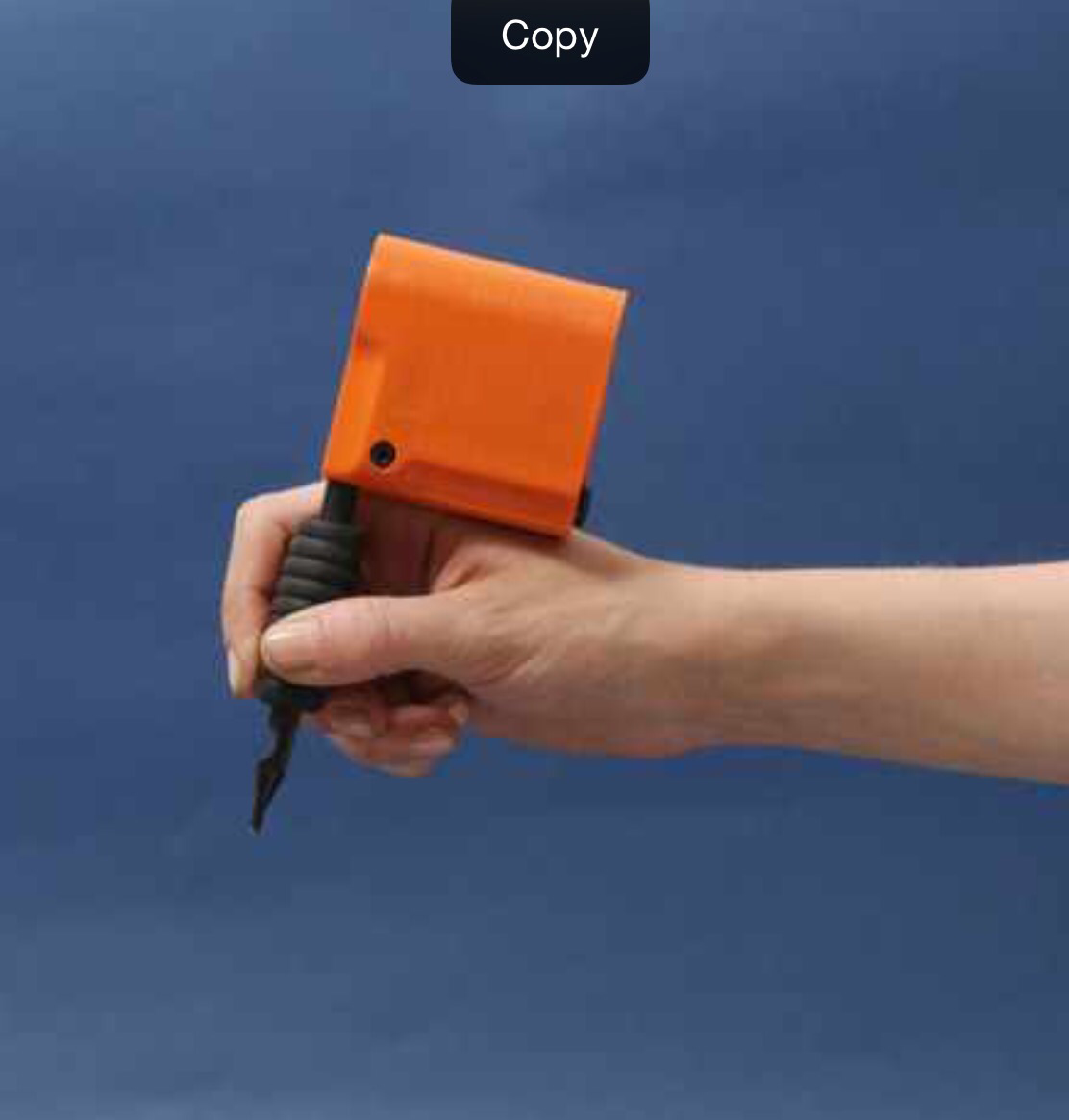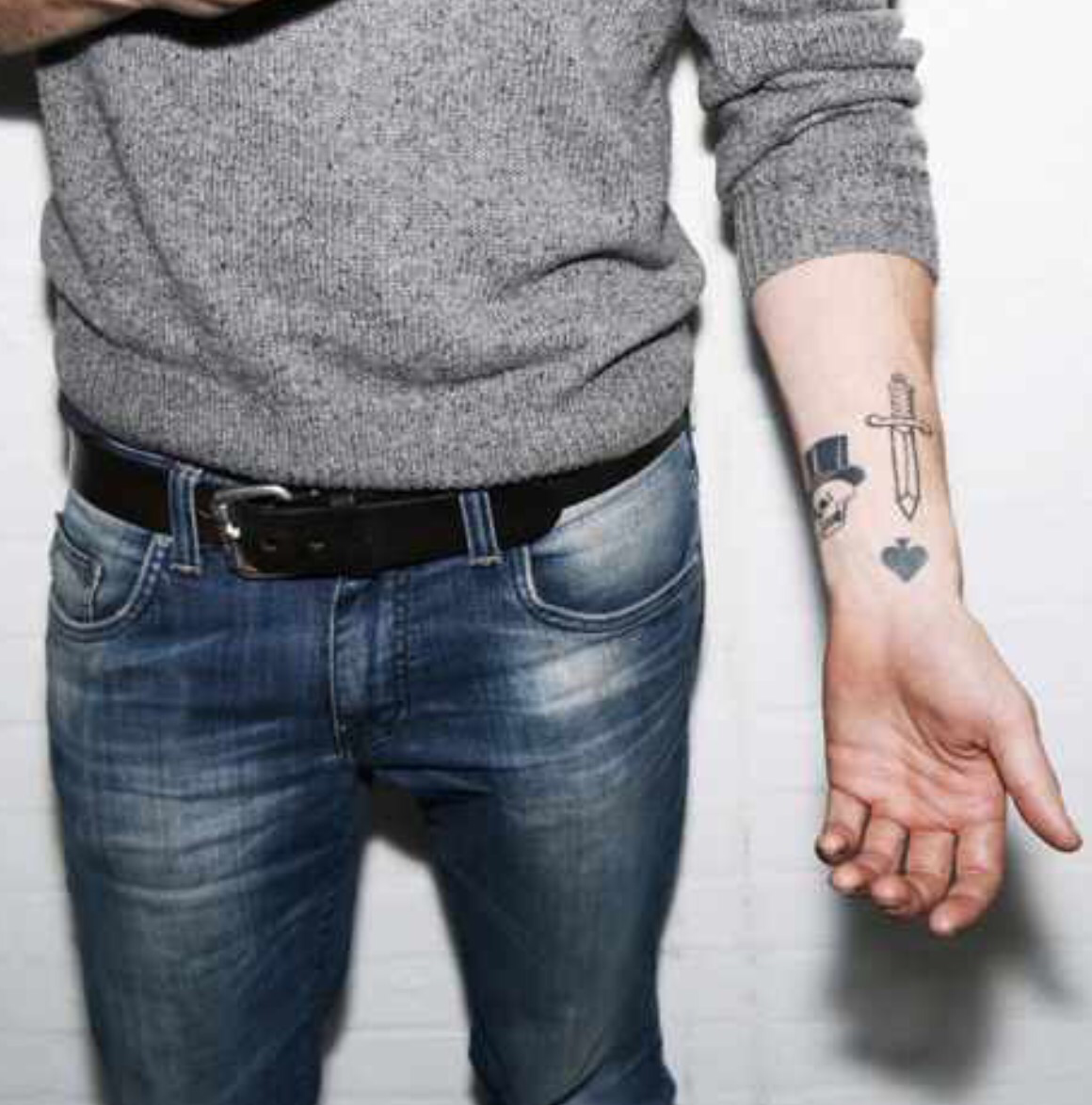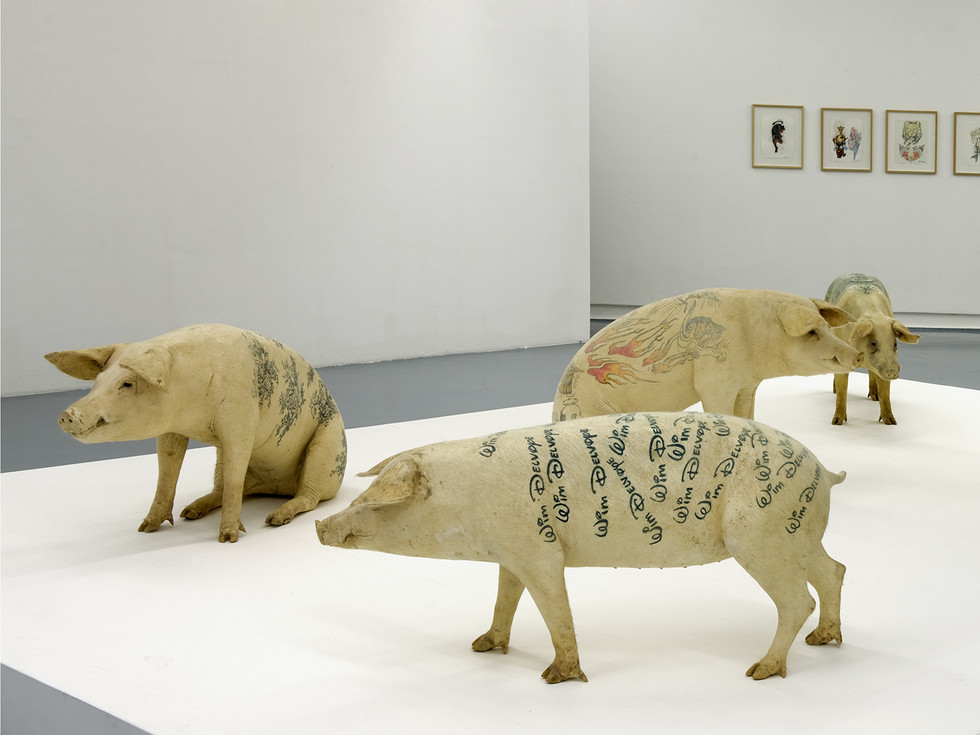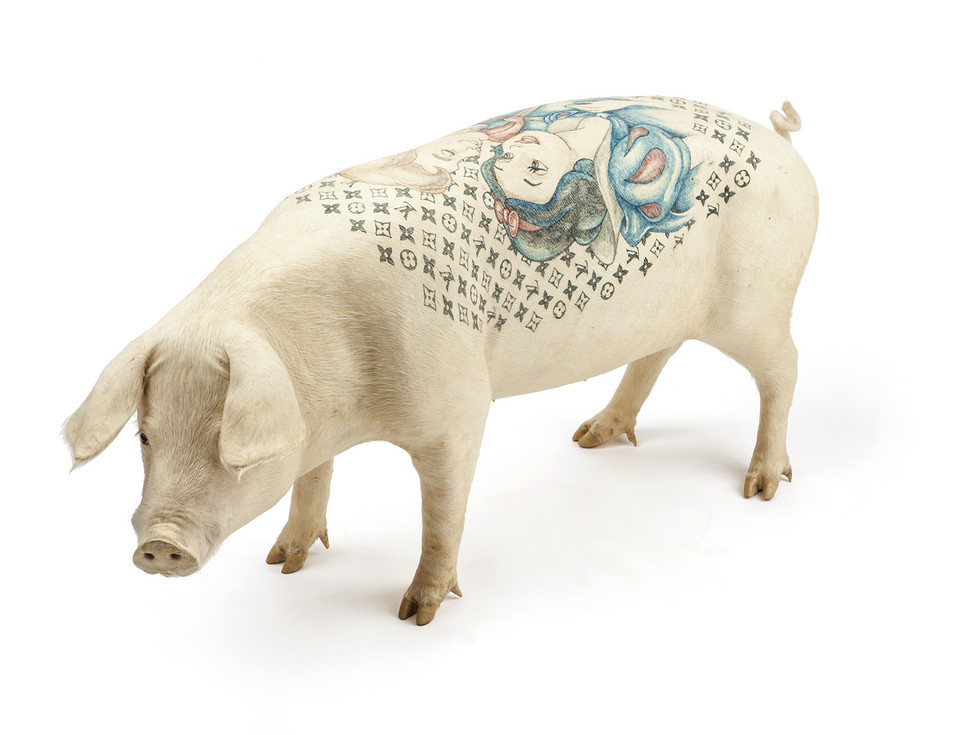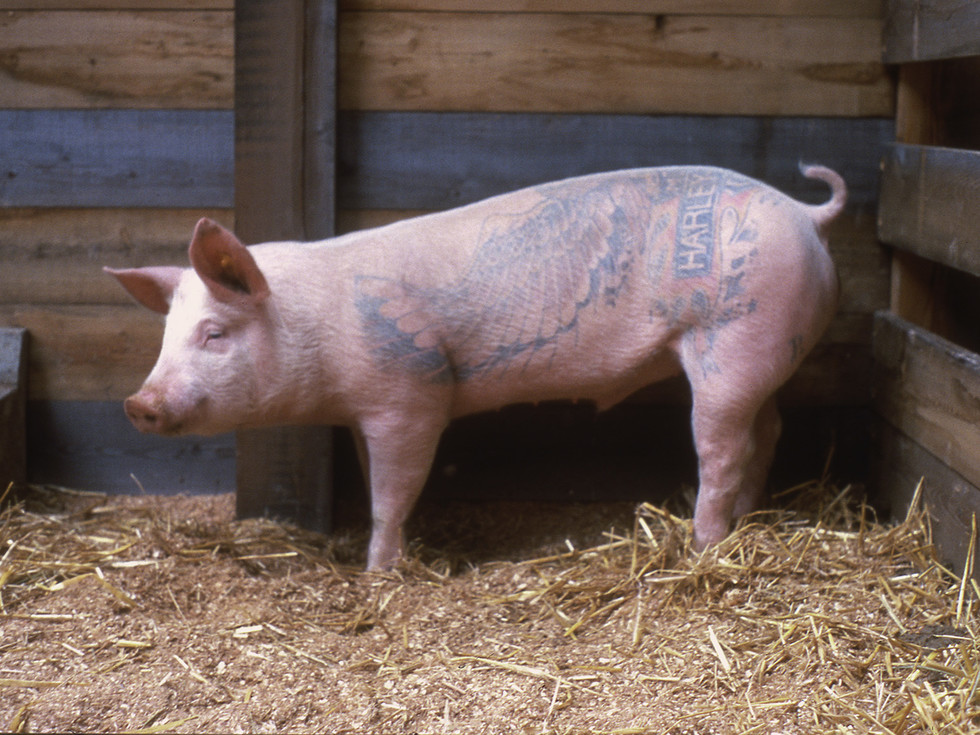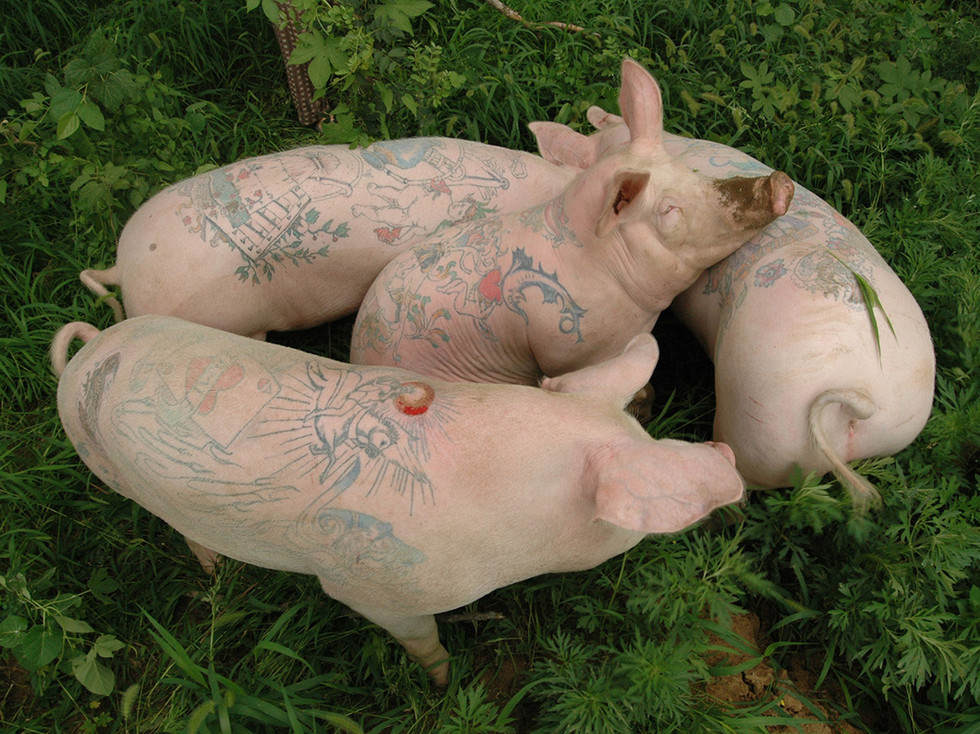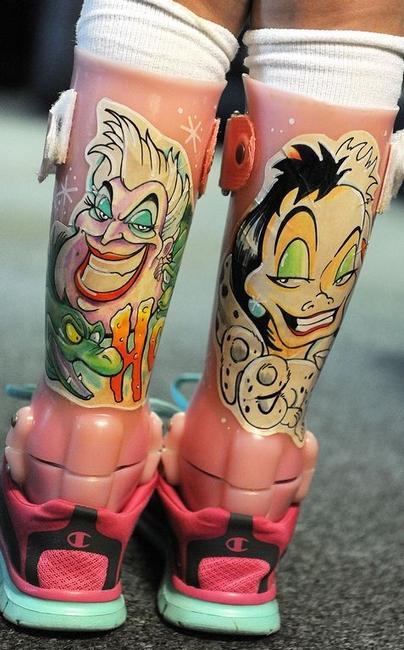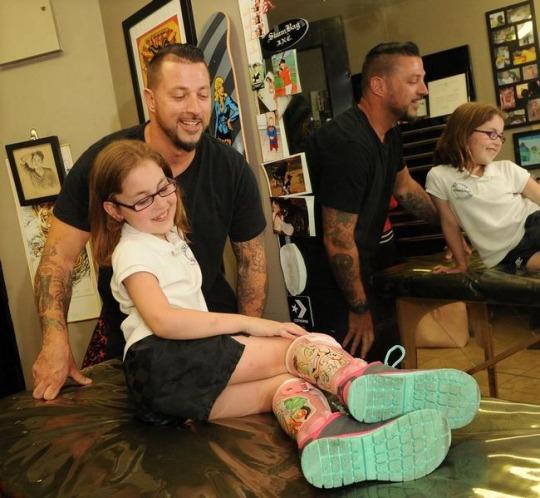Edward Bishop is a 41-year-old photographer from Brighton and author of Knuckles. The book houses a collection of photographs depicting hundreds of knuckle tattoos. We chatted with Edward to find out where he got his inspiration and what he would have tattooed on his knuckles…
Where did you get the idea for the book from? What inspired you? The idea for the book came out of a small exhibition of the project that I put on last year in Brighton. The project was five years old and I felt that the time was right to take stock of the body of work and to do something with it. I started selecting prints for the exhibtion and the construction of the book happened organically alongside this.
Did it start out as a small project or did you set out to create a book? Five years ago my photography didn’t really involve people that much. I wanted to start shooting people’s knuckles and purely by chance the first person I approached had a couple of musical notes tattooed on his knuckles. As soon as I looked at the photo I realised that the project was going to be about documenting knuckle tattoos.
The book became a natural part of the whole project. I knew in my mind as my collection grew that at some point there would be a book, but I didn’t know what form it would take until I started bringing all the photos together.
I worked with a fantastic designer called Lucy Davidson who helped me design the layout of the book and the logo. I had another friend Sak who made the Tattoo Generator on the website where people can go and make their own knuckle tattoos and post them online.
Do you have a background in photography? My background is in the film industry, but I moved over to become a full-time photographer about 8 years ago. I work mainly in the music industry as a portrait and documentary photographer, I also shoot small documentary films from time to time.
What drew you to knuckle tattoos? As I mentioned it was that first set that drew me in. I was hooked as soon as I took that first shot.
Do you have tattoos? People always ask when I take their photo and I say that I live vicariously through the tattoos of others. I don’t have any tattoos, but every year I visit the Brighton and London Tattoo Conventions I come a little closer to getting something done. Knuckle tattoos have a nickname of ‘jobstoppers’ for obvious reasons, but I’m fortunate enough to work in an industry where this wouldn’t count against me, so who knows, maybe next year…
Where do you find people to photograph? On the first day of the project I managed to get 5 or 6 sets just within a couple of streets in Brighton. So at the end of that that I returned home and already had a small body of work for the project.
I spent the next few months wandering around Brighton and London collecting knuckles, and then the Brighton Tattoo Convention happened and I realised that this was a much better way of building a collection of tattoos.
I continue to shoot knuckle tattoos for a second edition of the book. The love and support for the book has been amazing. I’m quite blown away with the reception it gets.
Which knuckles have been your favourites? Having shot 450+ sets, I tend to see the same ones come up quite often. Ones that stand out for me are usually ones that make me smile, like BADA BING, SOMERSET and SANDWICH. I saw MOUNTAIN this year at BTC, which really resonated with me. My all time favourite, and this one I don’t mind how many times I see it is STAY GOLD from the Robert Frost poem ‘Nothing Gold Can Stay’, quoted in film The Outsiders – “Stay gold Ponyboy, stay gold”. ‘Stay gold’ meaning holding on to the innocence of youth.
Is their a particular phrase you’d have on your own knuckles? WIDE OPEN is an expression used in the film and photographic industries to mean that a lens is at it widest aperture. I guess that would be suitable for me, given my background.
Get your hands on a copy of Knuckles by Edward Bishop here and see more inspirational knuckle tattoos, you never know you may even see your own!
